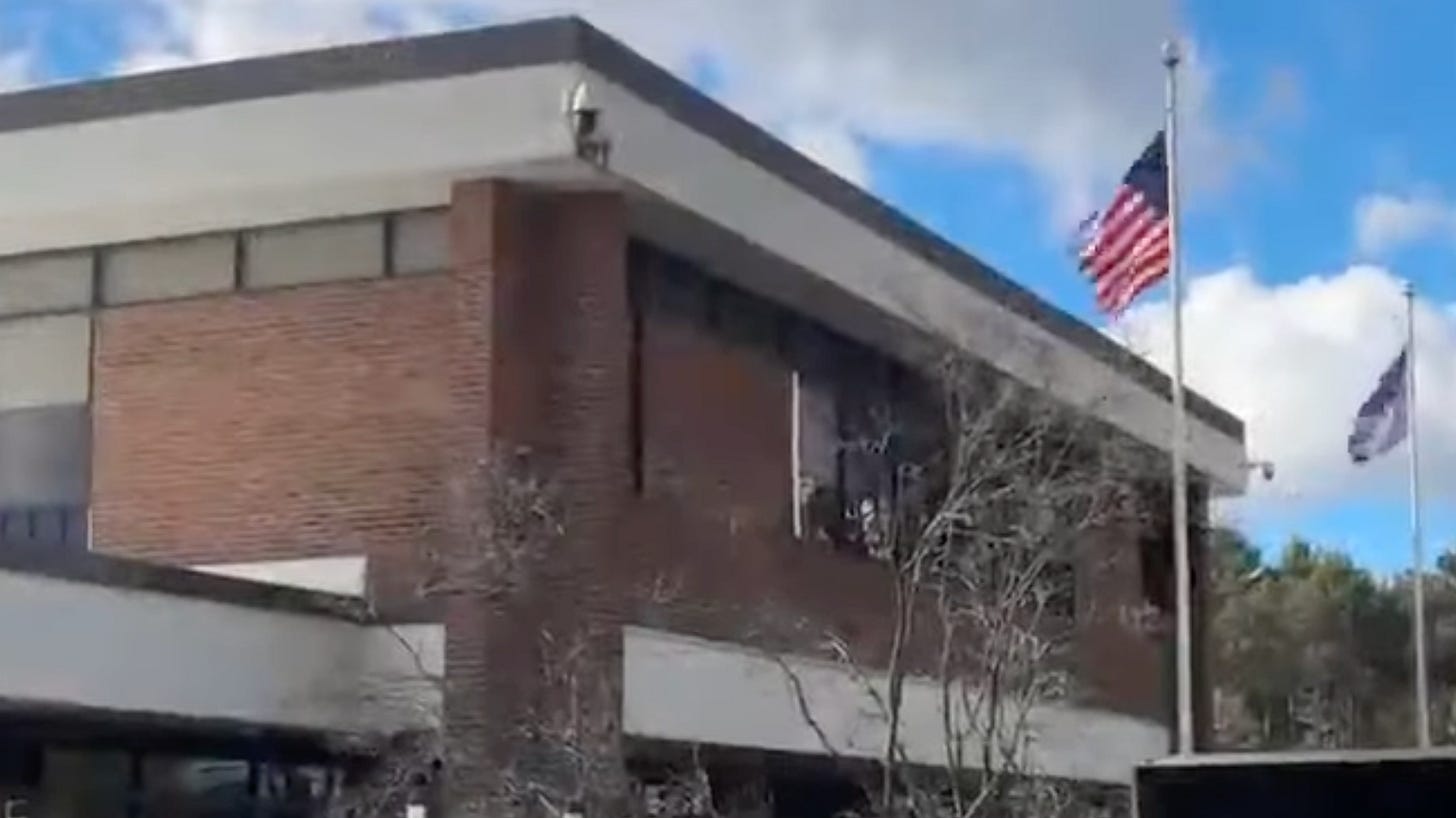ICE Seeks Contractors for 100 Remote Tip Line Roles Nationwide from Vermont Hub
This expansion is one piece of a larger story, connecting a small Vermont town to a massive national strategy and powerful legislation. Below is the full context of these interconnected developments.
A federal contracting notice posted on October 1, 2025, announced a plan for U.S. Immigration and Customs Enforcement (ICE) to hire 100 new, fully remote customer service representatives. These positions are for the agency’s Homeland Security Investigations (HSI) Tip Line, a national center headquartered in Williston, Vermont.
The Federal Footprint in Williston: Two Distinct Missions
Vermont is host to two separate and significant ICE facilities in Williston, each with a fundamentally different purpose.
The first is the HSI Tip Line on Harvest Lane, the facility connected to the hiring of 100 new remote staff. While it processes immigration-related information, its official mandate is significantly broader. According to ICE’s public website, the tip line serves as a central intake point for public reports related to over 400 federal laws. Its primary focus areas include serious transnational crimes such as human trafficking, child exploitation, terrorism, cybercrime, and drug smuggling. The center’s function is reactive, operating as a national call center to receive, analyze, and route thousands of tips each month to the appropriate law enforcement agencies.
Several miles away, near the Patrick Leahy Burlington International Airport, is the National Criminal Analysis and Targeting Center (NCATC). This is a distinct operation with a proactive intelligence-gathering mission. A separate federal plan calls for this center to hire approximately a dozen on-site analysts. Their role, as described in federal documents, is to actively scour social media platforms and the open web to generate leads for enforcement actions. The analysts are tasked with building “dossiers” on targets, which may include research into their “family members, friends or coworkers,” and then disseminating this intelligence to ICE field agents nationwide.
The Driving Force: A $170 Billion National Strategy
The expansions in Williston are not isolated events. They are direct, tactical consequences of the “One Big Beautiful Bill Act” (OBBBA), a landmark piece of legislation signed into law on July 4, 2025. This act serves as the central engine for a massive, nationwide escalation of interior immigration enforcement.
The OBBBA allocates over $170 billion in new funding for immigration and border security. Of that total, more than $75 billion is directed specifically to ICE to expand its domestic operations. This funding is designated for specific purposes, including:
$29.9 billion to hire an additional 10,000 ICE officers and expand deportation operations.
$45 billion for the construction of new detention centers, an amount that more than quadruples the agency’s annual detention budget.
$13.5 billion to reimburse state and local law enforcement agencies for their cooperation in federal immigration enforcement.
This significant increase in resources and personnel creates a parallel demand for intelligence and leads. The expansion of the HSI Tip Line to better process public tips, alongside the hiring of social media analysts at the NCATC to generate new leads, are the logistical components required to support this vastly expanded national enforcement apparatus.
Local History and Community Reaction
For many in Vermont, news of an expanded ICE intelligence-gathering footprint is not an abstract federal policy, but a development connected to a contentious local history. For years, the Vermont-based farmworker rights group Migrant Justice has been in a high-profile conflict with the agency.
In 2018, Migrant Justice filed a major federal lawsuit against ICE, alleging a coordinated and retaliatory campaign of targeted surveillance, harassment, and arrest against its leaders. The lawsuit, which was later settled, claimed that since 2016, ICE had arrested over 40 community members affiliated with the group, often focusing on its most prominent organizers.
Allegations presented in the lawsuit, based on evidence from Freedom of Information Act requests, included claims that ICE had:
Planted a confidential informant within Migrant Justice.
Attempted to hack into the email accounts of organizers.
Compiled detailed dossiers on activists’ activities and social networks.
Colluded with the Vermont Department of Motor Vehicles (DMV), with DMV employees allegedly passing the private information of driver’s license applicants to ICE agents to facilitate arrests.
This history provides crucial context for the intense local reaction to the Williston expansion plans. Protests that drew approximately 100 people to Harvest Lane, and an incident of hateful vandalism on a nearby federal building, are seen by many as direct responses rooted in this history of conflict and a specific set of local grievances.
The Intelligence Pipeline and its Implications
The combined functions of the two Williston facilities, fueled by the OBBBA’s mandate, create the potential for a powerful, end-to-end intelligence system. This operational structure has become a focal point for civil liberties concerns.
The process could begin with a single, unverified, and anonymous tip submitted to the HSI Tip Line. That information could then be forwarded to the NCATC, potentially triggering a full-scale digital investigation into the target and their extended social network. The resulting “dossier” could then be transmitted to one of the 10,000 new ICE field agents, forming the basis for an enforcement action, such as an arrest or deportation.
This potential pipeline—from an anonymous public tip, to comprehensive digital surveillance, to a federal enforcement action—is central to the public debate surrounding the expansion. It highlights how an administrative hiring plan in a small Vermont town is an integral part of a sweeping national policy with significant consequences on the ground.



